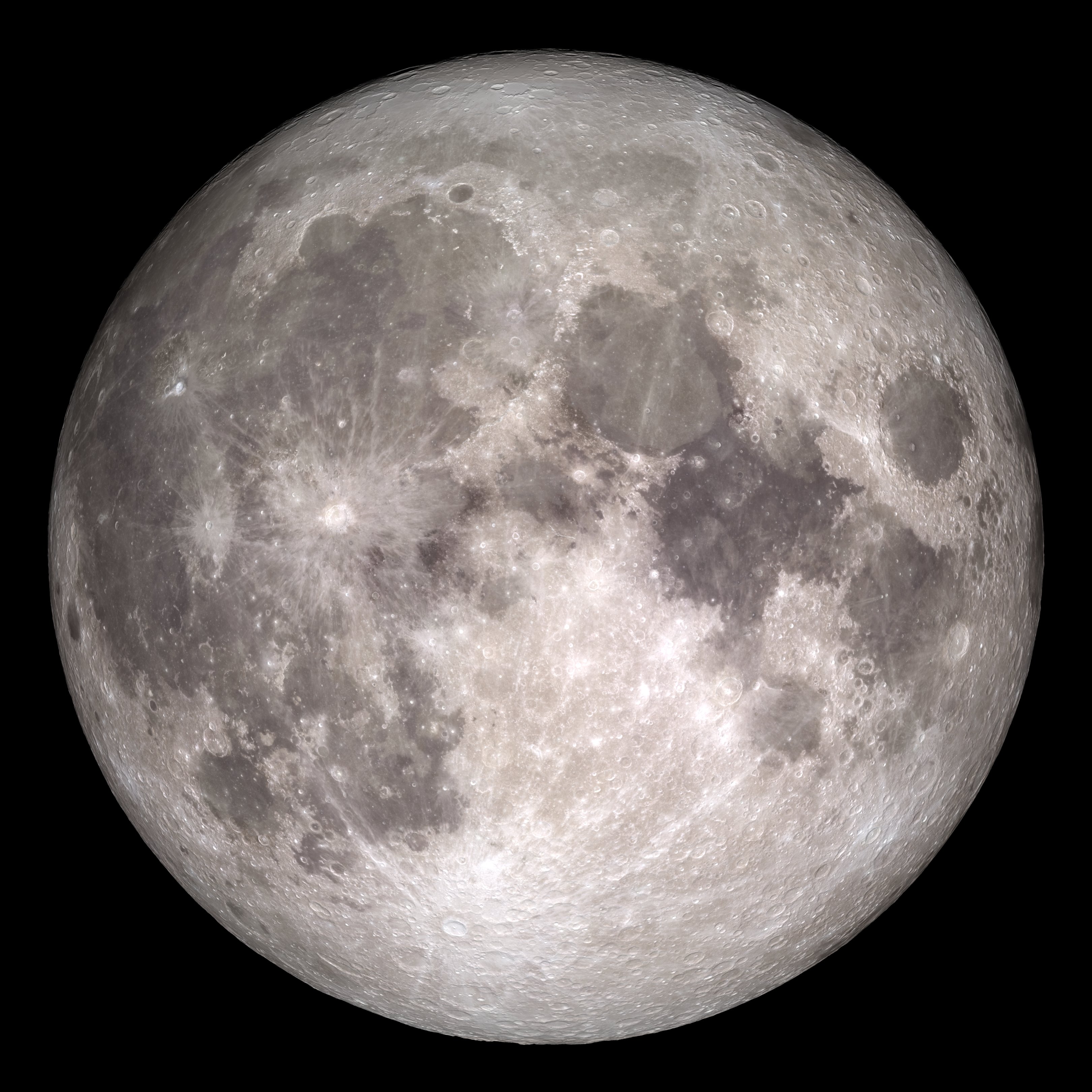
NASA is doling out a big chunk of change to help make moon mining a reality.
The space agency has awarded a total of $500,000 to 13 different teams via its Break the Ice Lunar Challenge, a competition designed to nurture the development of moon-mining technology.
The extraction and use of lunar resources such as water ice is a key priority for NASA, which is working to establish a permanent human presence on and around the moon by the end of the decade through a program called Artemis.
Related: NASA picks Intuitive Machines to land an ice-mining drill on the moon
"Expanding the pool of ideas for excavating lunar resources safely and responsibly requires new technology development," Monsi Roman, Centennial Challenges program manager at NASA's Marshall Space Flight Center in Huntsville, Alabama, said in a statement Wednesday (Aug. 18), when the Break the Ice awards were announced.
"The system concepts developed as part of this challenge will enable sustainable lunar surface operations, paving the way for us to convert lunar ice to vital resources and decreasing our supply needs from Earth," Roman added.
Redwire Space won first place in the challenge. The Florida-based company netted $125,000 for its concept, which would employ two rovers — a mining bot and a lightweight transportation vehicle.
Get the Space.com Newsletter
Breaking space news, the latest updates on rocket launches, skywatching events and more!
The $75,000 second prize went to a team from the Colorado School of Mines, which proposed a three-rover system. The Colorado company Austere Engineering won third place and $50,000 for its idea, which would excavate icy regolith with a rotary tiller.
Ten other teams were awarded $25,000 apiece. They are:
- AggISRU from Texas A&M University in College Station;
- Aurora Robotics from the University of Alaska in Fairbanks;
- Lunar Lions from the Columbia University Robotics Club in New York;
- OffWorld Robotics in Pasadena, California;
- Oshkosh Corp. in Oshkosh, Wisconsin;
- Rocket M in Mojave, California;
- Space Trajectory from South Dakota State University in Brookings;
- Team AA-Star in Redmond, Washington;
- Team LIQUID from Altadena, California;
- Terra Engineering in Gardena, California.
Thirty-one teams from 17 U.S. states, as well as Canada, Australia and Sri Lanka, submitted proposals for the Break the Ice Lunar Challenge, which opened in November 2020. Those teams laid out a detailed system architecture, a plan for ice excavation and an animation of their system in action. A future phase of the competition "may focus on hardware development and demonstration," NASA officials wrote in the same statement.
Mike Wall is the author of "Out There" (Grand Central Publishing, 2018; illustrated by Karl Tate), a book about the search for alien life. Follow him on Twitter @michaeldwall. Follow us on Twitter @Spacedotcom or Facebook.
Join our Space Forums to keep talking space on the latest missions, night sky and more! And if you have a news tip, correction or comment, let us know at: community@space.com.

Michael Wall is a Senior Space Writer with Space.com and joined the team in 2010. He primarily covers exoplanets, spaceflight and military space, but has been known to dabble in the space art beat. His book about the search for alien life, "Out There," was published on Nov. 13, 2018. Before becoming a science writer, Michael worked as a herpetologist and wildlife biologist. He has a Ph.D. in evolutionary biology from the University of Sydney, Australia, a bachelor's degree from the University of Arizona, and a graduate certificate in science writing from the University of California, Santa Cruz. To find out what his latest project is, you can follow Michael on Twitter.










